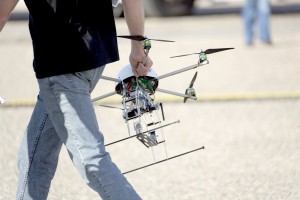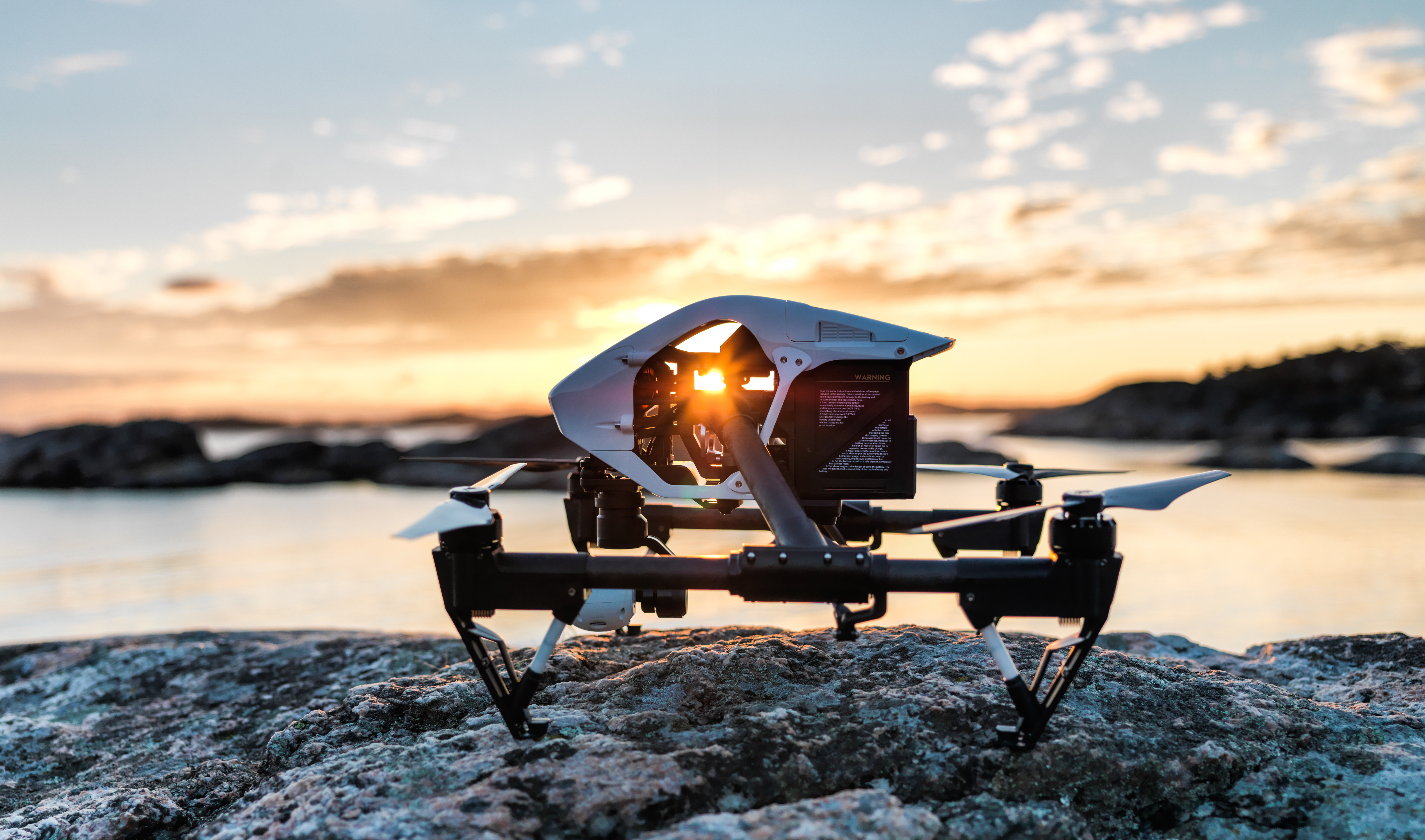FAA Commercial Drone Ban Overturned – For Now
UPDATE: FAA has filed its Notice of Appeal of the case below <– Reuters Link
Yesterday, March 6 2014, the National Transportation Safety Board (NTSB) granted respondent Raphael Pirker’s motion to dismiss the FAA’s civil fine against him, stating the FAA policy since 2007 banning commercial use of drones in the U.S. has not had the force of law. Pirker had been fined $10,000 for using his 56 inch foam model airplane on the University of Virginia campus to obtain aerial video footage in exchange for compensation.
In the FAA Complaint, FAA alleged Respondent Pirker’s model aircraft was an Umanned Aircraft System and an “aircraft.” Thus, FAA argued, Pirker was subject to FAA Part 91 Section 91.13 (a)’s prohibition: “No person may operate an aircraft in a careless or reckless manner so as to endanger the life or property of another”; FAA Part 21.171 et seq requiring airworthiness certificates; and FAA Part 47 Section 47.3 requiring registration with FAA before flying.
However, the NTSB administrative law judge looked at several of FAA’s previous writings, the statutory regulation of Ultralights, and the language of the FAA Modernization Re-authorization and Reform Act of 2012 to come to the conclusion that FAA did not have the legal authority it asserted it had against Pirker. These writings undercut FAA’s arguments that Pirker’s model airplane could be considered an “aircraft” and thus be subject to the regulations it had alleged Pirker violated.
First, the judge cited FAA’s 1981 Advisory Circular 91-57 (“AC 91-57”) which addresses model aircraft. AC 91-57 requests voluntary compliance stating: “Do not fly model aircraft higher than 400 feet above the surface” and advises against flying at sites near “noise sensitive areas such as parks, schools, hospitals, churches, etc.”; and advises staying away from spectators until the aircraft has been proven airworthy.
Second, the judge looked to FAA Part 103 which addresses ultralight flying vehicles. The judge found here that ultralights are not designated “aircraft” and subject to FAA Part 91. Part 103 defines an ultralight vehicle as “a vehicle that: (a) Is used or intended to be used for manned operation in the air by a single occupant; (b) Is used or intended to be used for recreation or sport purposes only;(c) Does not have any U.S. or foreign airworthiness certificate” and if powered, is less than 254 pounds empty weight, or if unpowered, is less than 155 pounds. Since an ultralight is not considered an “aircraft” then maybe a model airplane (small drone) is not one, either.
Third, the judge looked at FAA’s 2007 Notice 07-01 which specifies that a UAS (Unmanned Aircraft System) must have an airworthiness certificate. The judge found this was a policy statement without the force of law. Notice 07-01 failed to be issued “as a Notice of Proposed Rulemaking (NPRM) and if intended to establish a substantive rule, it did not satisfy the requirements of 5 U.S.C. Section 553 (d), which requires publication of notice not less than 30 days before the effective date.”
Finally, the judge cited the FAA Modernization Re-authorization and Reform Act of 2012 as instructive as well. It believed that because the Act called for the issuance of a rule to be issued regarding regulating model aircraft, Congress did not believe any rule existed regulating model aircraft.
This NTSB opinion may be somewhat embarrassing for the FAA, coming on the heels of FAA’s February 26th publication Busting Myths about the FAA and Unmanned Aircraft wherein it states: “Anyone who wants to fly an aircraft—manned or unmanned—in U.S. airspace needs some level of FAA approval.” The Pirker opinion clearly states that the definitions of “aircraft” found in either Part 1, Section 1.1 or 49 U.S.C. Section 40102 (a)(6)’s definitions of aircraft do not apply to model airplanes like Pirker’s 56 inch wingspan RiteWing Zephyr (presumably a “small drone”). And, model aircraft are only subject to the voluntary compliance of the FAA’s 1981 safety guidelines found in AC 91-57.
The Pirker opinion is an excellent example of how legal advocacy can successfully challenge even a behemoth like FAA. Lawyers like Raphael Pirkman’s Brendan Schulman may uncover mistakes in an aggressive party’s legal position, sometimes revealing that the emperor has no clothes.
The FAA’s next move may be an appeal of this NTSB decision. While some commentators have begun rejoicing that the skies are now open for business for commercial drone use (for profit) as a result of this opinion, it would be wise for operators to act with caution. Even United States Supreme Court justices disagree with each other, and it is possible that the Pirker decision is not the last word on the ability of FAA to issue fines.
Hopefully, we will see relatively soon the new regulations for “small drones” in the under 55 pound category in 2014. This will finally give much needed clarity for when, and how, small drone operators may conduct business in the United States. Until then, tread lightly and responsibly.
Disclaimer: As always, the writings in DroneLawsBlog.com are not legal advice, and you should seek competent legal advice specific to your particular facts. No attorney-client relationship is formed between readers of DroneLawsBlog.com and Antonelli Law unless you and the firm agree upon and sign an attorney agreement or similar letter agreement.


